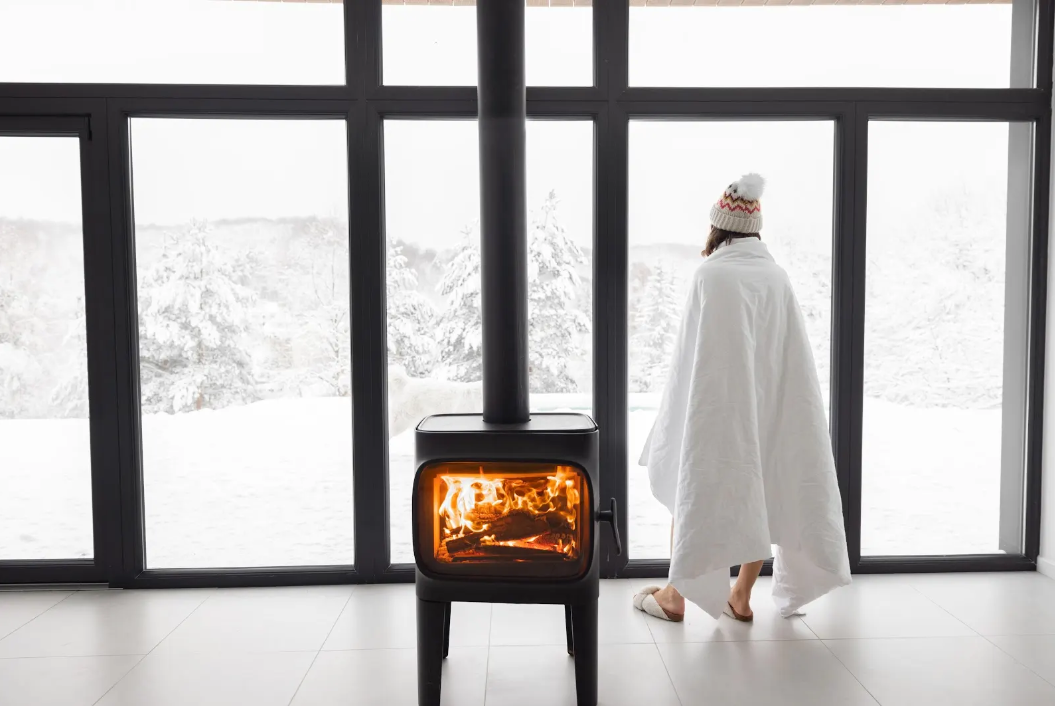
Winters in Chicagoland are no joke. Bitter winds, subzero temperatures, and snowdrifts taller than your mailbox can make it hard to stay warm and cozy indoors. With the cold creeping in, your living space should serve as a sanctuary—a place where heat is not only managed efficiently but also felt abundantly. If the thought of enduring yet another winter in a space that feels more chilly than inviting sends shivers down your spine, you are not alone. But fear not because creating a heat-friendly layout for your living space is easier than you might think. This guide will walk you through key strategies to transform your home into a warm haven during Chicagoland’s harsh winters.
A heat-friendly living space starts with an efficient and reliable heating system. If your furnace has seen better days, it may be time for an upgrade or professional service to address performance issues. Residents of the Chicagoland area, where winters are particularly brutal, know the value of having a heating system that works without a glitch. Scheduling regular check-ups with a trusted furnace repair service in Chicagoland can ensure your unit is operating at its best capacity before the snow starts flying.
During these check-ups, service technicians inspect for issues like clogged filters or worn-out components that affect your furnace’s ability to push warm air into your home. A reliable furnace means a baseline level of warmth you can depend on, allowing your heat-friendly layout to do the rest of the work.
Next, think about how sunlight enters your living space during the day. Even in the coldest months, Chicagoland often benefits from sunny winter afternoons. Sunlight can naturally heat a room, lowering the load on your furnace during the peak daylight hours. Orient your furniture in a way that maximizes exposure to these warm rays. For example, a cozy reading nook by a south-facing window can be a heat-friendly retreat for lazy winter afternoons.
Insulation also plays a key role in holding onto that precious warmth. Ensure windows, doors, and outdoor passageways are properly sealed to prevent heat leakage. Thick curtains, draft stoppers, and area rugs are excellent tools for further insulating your space. Hard flooring can feel like ice beneath your feet during the winter, making rugs a practical yet stylish addition to your layout.
How you place your furniture also holds the key to better heat efficiency. Large furniture items like sofas or bookcases should never block heating vents or radiators. Blocking vents prevents heat from circulating and can overwork your heating system, leading to higher utility bills and potential wear and tear. Instead, consider placing furniture at least six inches away from any vent to ensure unobstructed airflow. If you like sitting on the sofa to binge your favorite Netflix shows or read by the fireplace, position it in a way that aligns with existing heat sources without impeding their function.
Additionally, avoid placing beds, couches, or workstations (where you spend significant time sitting) along exterior walls, as these areas tend to be colder. Interior walls away from windows and doors are often better choices for these comfort zones.
Think about how heat flows from room to room in your home and create "zones" within your layout. For instance, close off rooms that do not require constant heating, like guest bedrooms or storage areas, and focus your heating efforts on the spaces you use most frequently. Using thick or insulated doors for these non-essential zones can help retain heat in your core living areas.
Space heaters can also be useful when paired with proper zoning techniques. For particularly cold areas of your home, adding a small, energy-efficient heater provides a supplemental boost without cranking up the furnace. Just ensure that any supplemental heat sources are used safely and do not overload your electrical circuits.
Although ceiling fans are typically associated with cooling, they can help improve heat circulation during winter. By setting the fan to rotate clockwise at a low speed, warm air that naturally rises to the ceiling gets pushed back down to the living area. This simple adjustment taps into your existing heat and makes your space feel cozier without increasing energy use.
Accessories, like throw cushions, fleece blankets, and woolen tapestries, are not just visually inviting; they also add functional warmth. Draping a plush throw over your couch or bed enhances your decor and provides immediate warmth when needed.
Beyond textiles, consider integrating candles or a faux fireplace for an added perception of heat. Even though they may not physically warm your space, these features can make it psychologically feel cozier, transforming the room's vibe during those long Chicagoland nights.
Creating a heat-friendly layout for your living space in Chicagoland winters is not just an exercise in comfort—it is necessary for surviving the season. Between ensuring your furnace is in top working condition and strategically positioning furniture to enhance heat flow, even the chilliest days can find you sipping coffee in warmth and style.
Do not overlook how essential maintenance is in this process. If it has been a while since your heater was last inspected, schedule an appointment with a reliable furnace repair service in Chicagoland to ensure everything runs smoothly. After all, the foundation of a cozy, heat-friendly home starts with a furnace that won’t quit when the temperatures drop.
Stay warm, stay stylish, and make your home the winter refuge of your dreams.